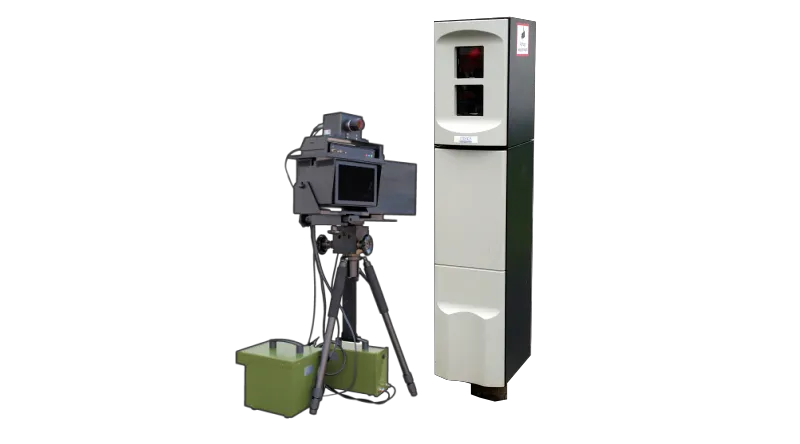Prosilica's 35mm format GigE cameras, the 11 megapixel GE4000 and the 16 Megapixel GE4900, are normally configured to accept F-mount lenses, but using a Birger adaptor they can accept Canon EF lenses. The Birger adaptor is a device which allows a wide range of off-the-shelf Canon EF lenses to be mounted on the GE4000 and GE4900 bringing the added benefit of motorised lens control for functions such as iris and focus control to large-format industrial cameras. The lens control functions are facilitated by co
July 25, 2012
Read time: 1 min

The Birger adaptor is a device which allows a wide range of off-the-shelf Canon EF lenses to be mounted on the GE4000 and GE4900 bringing the added benefit of motorised lens control for functions such as iris and focus control to large-format industrial cameras. The lens control functions are facilitated by connecting the Birger adaptor to the RS-232 peripheral port of the camera and can be programmatically operated via the Prosilica SDK. According to the company, this functionality is particularly suitable for remotely controlled applications such as specialised traffic or security control.
The GE4000 and GE4900 cameras can be ordered with the Birger adaptor already integrated into the camera.









